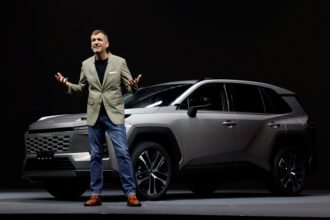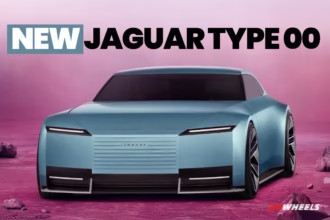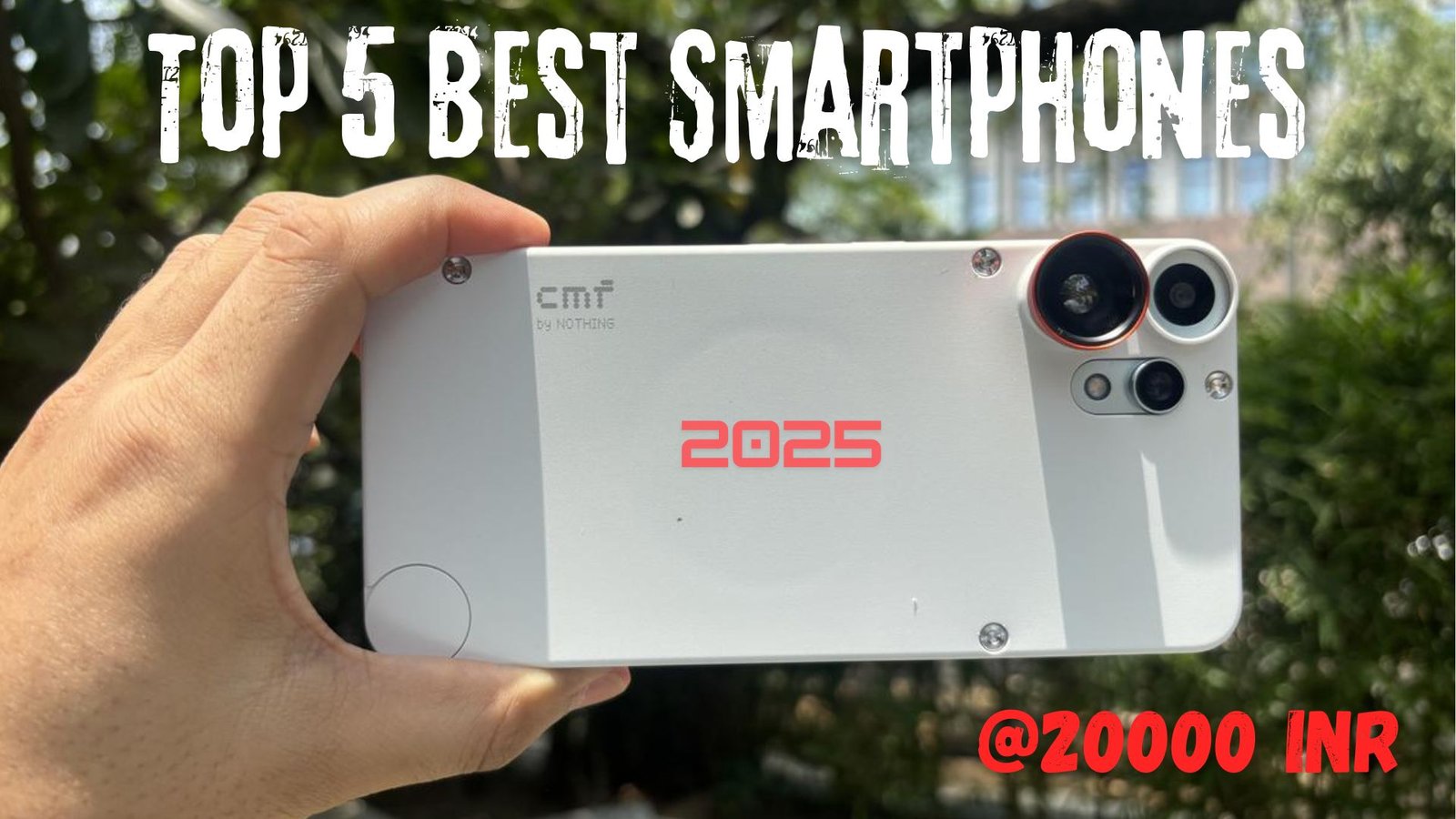Tata Motors is staying firm on its electric vehicle (EV) vision, even as recent sales figures show a clear drop. In FY25, the company sold 57,616 EVs—down from 64,530 the previous year, marking a 10.7% decline. The fall, Tata explains, comes mainly due to the end of the FAME II subsidy and several operational issues faced by fleet operators.
Still, the company isn’t backing down. “EVs remain our top priority,” said PB Balaji, Group Chief Financial Officer at Tata Motors. He confirmed that the company is expanding its EV lineup with exciting models like the Sierra EV and Harrier EV, while also refreshing its current offerings.
Despite the dip in numbers, Tata Motors continues to lead the EV market in India, holding 55.4% share—even though that figure has dropped significantly from the 80% it once commanded. Much of the lost ground is due to rising competition from companies like JSW MG Motor, as well as cooling demand for existing models.
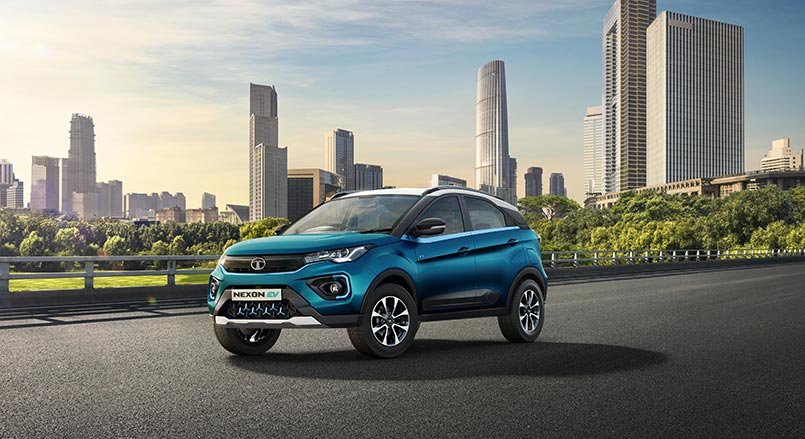
While electric vehicle sales slowed, there was still an 11% increase in overall EV growth in India, compared to a sharper 25% rise in CNG vehicle sales. Tata’s passenger vehicle (PV) business declined by 7.5% over the fiscal year, but there’s still room for optimism.
On the financial front, Tata Motors turned its net cash position positive in FY25, closing the year with ₹22,400 crore in free cash flow from its automotive business. This is a dip from ₹26,900 crore in FY24 but still a strong figure.
Tata also maintained a 37% share in the domestic commercial vehicle (CV) market during the year. While revenue in this segment dipped, the company managed to improve profitability. According to Balaji, “CV fundamentals remain strong, and the market conditions are supportive.”
However, not everything is smooth. The company admits that its small CV segment needs attention and corrections.
One of the biggest shifts this year is the planned demerger of Tata Motors’ PV and CV businesses into separate listed entities. Shareholders have approved the move, and the company expects the National Company Law Tribunal (NCLT) to give its verdict by Q2 FY25. Tata Motors currently hopes to complete the split with July 1st as the appointed date and October 1st as the effective operational date.
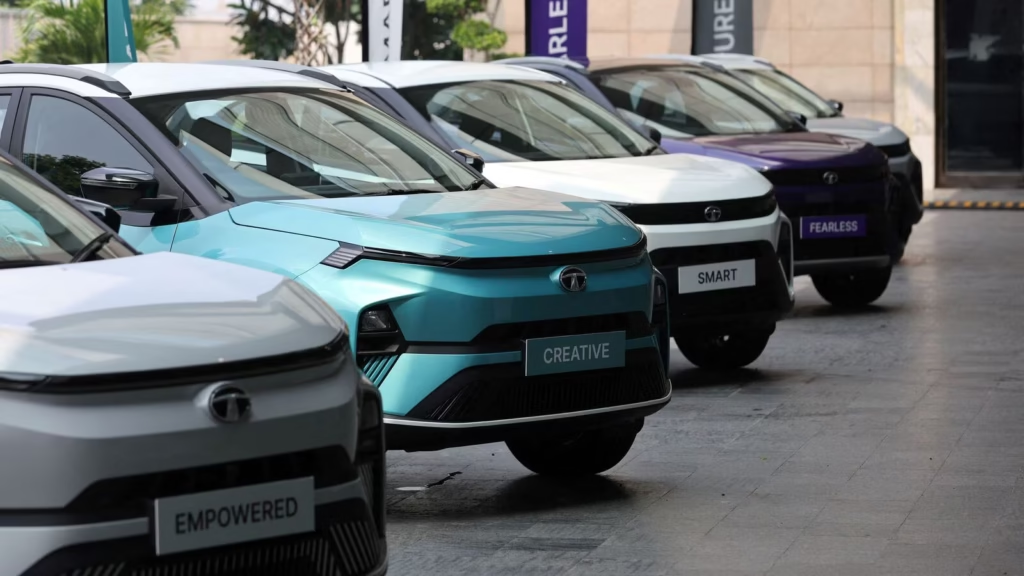
Behind the scenes, the groundwork is already underway. Employees have been reallocated, and internal systems are being prepared to ensure that both new companies start strong without disruption.
Conclusion:
Tata Motors is facing the realities of a changing auto market—but instead of pulling back, it’s choosing to evolve. Whether it’s new EV launches, a bold restructuring move, or adapting to shifting customer preferences, the company seems focused on staying ahead of the curve.
Now, over to you:
Do you think Tata Motors’ strong push for EVs and its bold decision to split its business will pay off in the long run? Would you buy a Tata EV in today’s market? Share your thoughts—we’d love to hear your point of view.










